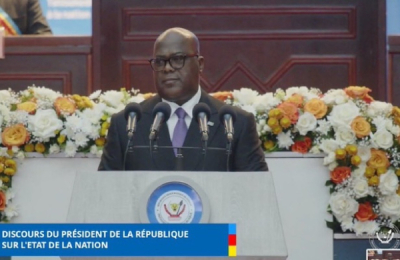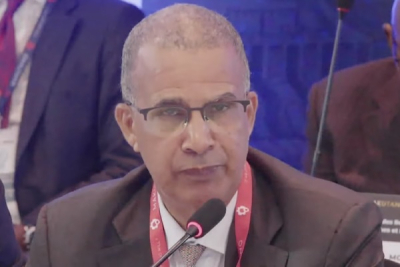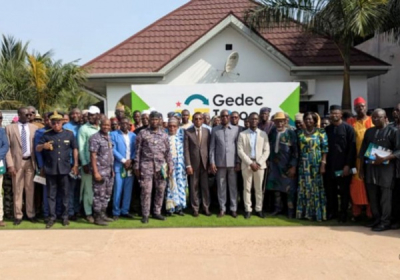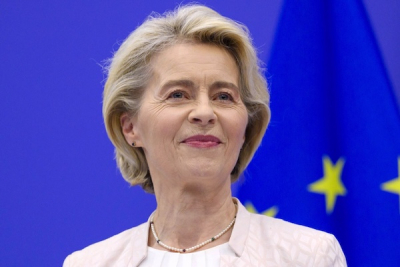The global demand for batteries stood at 850 GWh in 2023, up more than 40% year-on-year. The surge was mainly driven by electric vehicle (EV) sales, which account for nearly 90% of total demand. According to the International Energy Agency’s (IEA) EV Battery Supply Chain Sustainability report, demand should keep growing, quadrupling by 2030, and sevenfold by 2035 under a business-as-usual scenario.
However, global battery demand could rise ninefold if countries fulfill their climate commitments by 2035. This demand could increase twelvefold if the energy sector achieves carbon neutrality by 2050, as outlined in the IEA's Net Zero Emissions (NZE) scenario.
Hope
These optimistic forecasts for the battery market bode well for critical raw materials such as lithium, cobalt, and graphite minerals essential for battery production that are abundantly found on the African continent. However, these markets are currently experiencing significant turbulence, marked by a sharp decline in prices.
For instance, cobalt prices have halved over the past two years due to oversupply. The Cobalt Institute anticipates a market surplus in 2025, which may keep prices at current levels. As of January 3, 2025, cobalt traded at $24,300 per tonne on the London Metal Exchange.
The lithium market is also facing challenges; lithium hydroxide prices have plummeted nearly 90% since late 2022. Fastmarkets reports that lithium spodumene prices fell over 84% between March 2023 and March 2024. Kent Masters, CEO of Albemarle the world's leading lithium producer predicts that "prices will stay low for longer."
The graphite market recorded the same trend, with Fastmarkets indicating a 33.43% drop in prices in 2023, from $530-$575 per tonne in December that year to $450 per tonne in October 2024 close to the all-time low of $430 per tonne set in 2020.
The current decline in critical mineral prices poses significant challenges for African economies. Countries like the Democratic Republic of Congo (DRC), which produces 70% of the world's cobalt; Zimbabwe and Mali, key players in lithium; and Mozambique and Madagascar, important sources of graphite, are relying on these resources to drive economic growth. However, there are rising concerns about the viability of these countries’s strategies and potential delays in developing new production sites.
Challenges
During the previous electric vehicle boom that led to soaring prices for critical metals, many African nations were outpaced by competitors particularly Chinese firms that flooded markets with their production. To capitalize on the anticipated global energy transition by 2030 or 2035, these countries must adopt a different approach by addressing several key challenges: improving regulatory frameworks, strengthening infrastructure, optimizing business climates, and developing skills within the workforce.
According to a report from the Future Minerals Forum, a $5.4 trillion investment will be needed by 2035 to support the global energy transition in the critical minerals sector. Africa is strategically positioned to play a vital role here. The report describes the continent as a "credible alternative to China's dominance in refining and processing critical minerals," thanks to its abundant resources and proximity to European and Asian markets.
Louis-Nino Kansoun, Ecofin Agency










